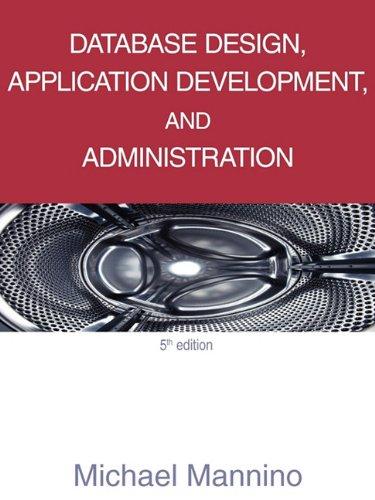

The Ideal Gas Law is an equation of state which describes the relationship between the macroscopic state variables pressure (P), temperature (T) and volume (V) for a gas of non-interacting particles in thermodynamic equilibrium. While detailed knowledge of the underlying microscopic dynamics of the particles is not required to apply the Ideal Gas Law, it does arise out of these dynamics. For this question you will show this numerically by modelling the microscopic dynamics in Matlab. (a) Develop a Matlab model for the trajectory of a single particle with velocity v = {Vz, Vy} in a two dimensional square box. Treat the collisions with the walls of the box as elastic, so that when a particle collides with a wall, the sign of its velocity component in the direction normal to the wall is inverted. (b) Calculate and plot the total impulse Jx(t) = Apx on one of the walls as momentum kicks from the particles build up over time, where Apa is the change in momentum of the wall due to one collision. You are free to choose the mass m of the particle as you wish. Use this to estimate the average force (F) = Jx(At)/At on the wall, where At is the total evolution time of the simulation. (C) Extend your code to simulate the trajectories, impulse, and average force for many non-interacting particles in parallel, drawing each velocity component randomly from a Gaussian distribution with standard deviation of KT/m as dictated by equipartition for thermal equilibrium (the relevant function in Matlab is randn). (d) Initialise the velocities of the particles multiple times, each time recording the total energy of the ensemble. Assuming thermal equilibrium, calculate the temperature for each initialisation. From the mean temperature, confirm that the code does (on average) produce an ensemble at temperature T. (e) Determine the mean and standard deviation of the temperature as a function of particle number. By extrapolating this result to a typical thermodynamic particle number, comment on the statistical likelihood of the temperature of an ensemble that is in contact with a thermal reservoir having a temperature that deviates significantly from that of the reservoir temperature. (f) Simulate the trajectories of an ensemble of particles over time, calculating the average force (F) on one of the walls of the box. Confirm that the pressure on the walls due to particle collisions is as predicted by the Ideal Gas Law. (g) Use your simulation to investigate an aspect of the Ideal Gas Law (e.g. the relationship between temperature and pressure at fixed number, the dependence of pressure on the size of the box...). The Ideal Gas Law is an equation of state which describes the relationship between the macroscopic state variables pressure (P), temperature (T) and volume (V) for a gas of non-interacting particles in thermodynamic equilibrium. While detailed knowledge of the underlying microscopic dynamics of the particles is not required to apply the Ideal Gas Law, it does arise out of these dynamics. For this question you will show this numerically by modelling the microscopic dynamics in Matlab. (a) Develop a Matlab model for the trajectory of a single particle with velocity v = {Vz, Vy} in a two dimensional square box. Treat the collisions with the walls of the box as elastic, so that when a particle collides with a wall, the sign of its velocity component in the direction normal to the wall is inverted. (b) Calculate and plot the total impulse Jx(t) = Apx on one of the walls as momentum kicks from the particles build up over time, where Apa is the change in momentum of the wall due to one collision. You are free to choose the mass m of the particle as you wish. Use this to estimate the average force (F) = Jx(At)/At on the wall, where At is the total evolution time of the simulation. (C) Extend your code to simulate the trajectories, impulse, and average force for many non-interacting particles in parallel, drawing each velocity component randomly from a Gaussian distribution with standard deviation of KT/m as dictated by equipartition for thermal equilibrium (the relevant function in Matlab is randn). (d) Initialise the velocities of the particles multiple times, each time recording the total energy of the ensemble. Assuming thermal equilibrium, calculate the temperature for each initialisation. From the mean temperature, confirm that the code does (on average) produce an ensemble at temperature T. (e) Determine the mean and standard deviation of the temperature as a function of particle number. By extrapolating this result to a typical thermodynamic particle number, comment on the statistical likelihood of the temperature of an ensemble that is in contact with a thermal reservoir having a temperature that deviates significantly from that of the reservoir temperature. (f) Simulate the trajectories of an ensemble of particles over time, calculating the average force (F) on one of the walls of the box. Confirm that the pressure on the walls due to particle collisions is as predicted by the Ideal Gas Law. (g) Use your simulation to investigate an aspect of the Ideal Gas Law (e.g. the relationship between temperature and pressure at fixed number, the dependence of pressure on the size of the box...)








